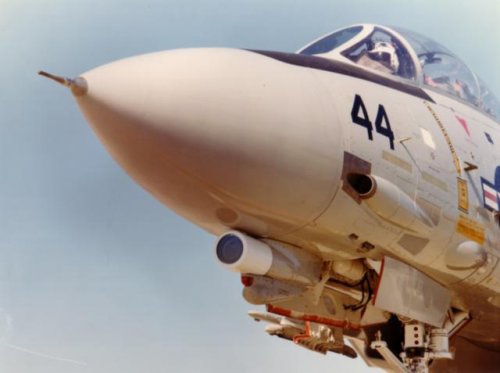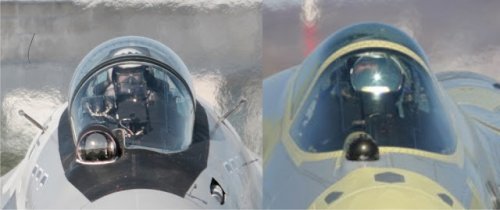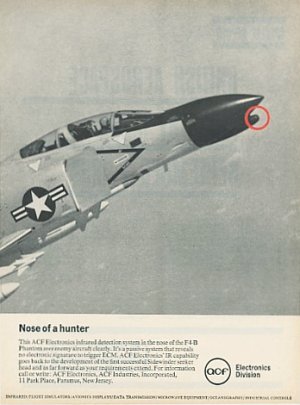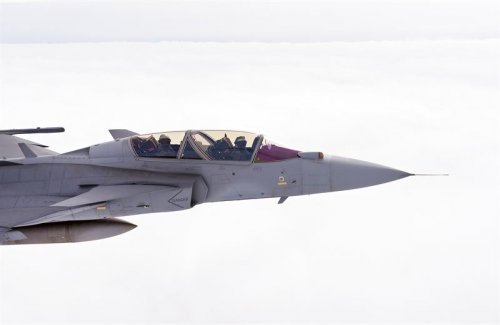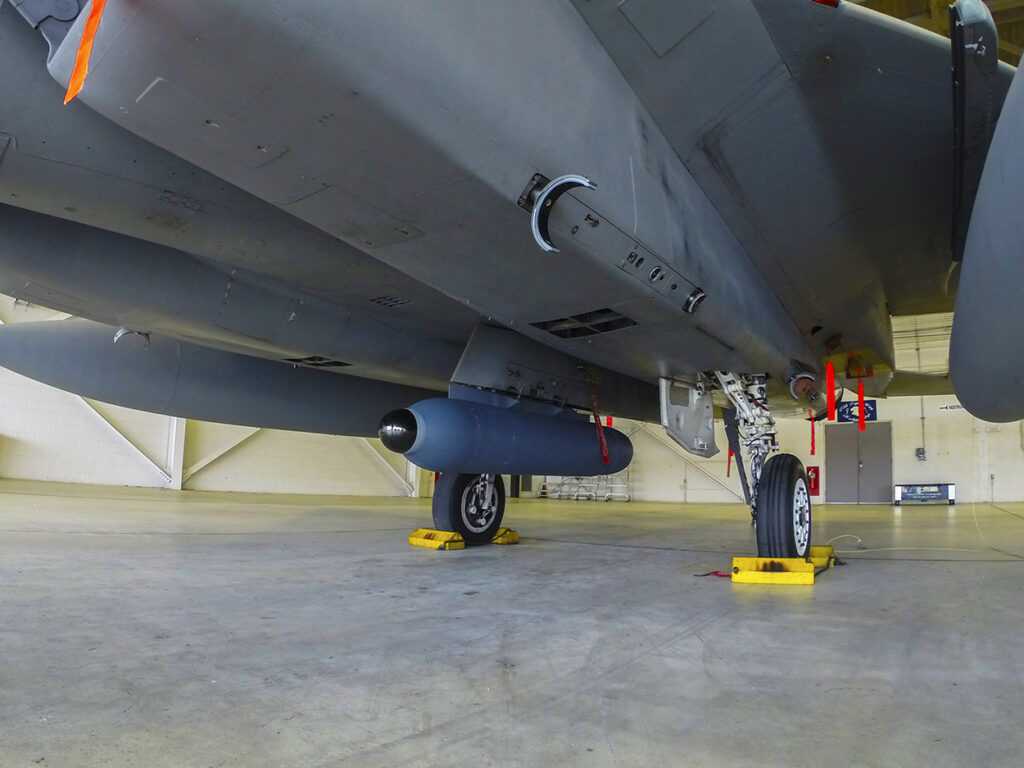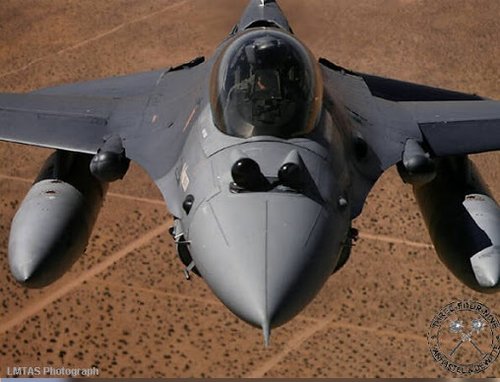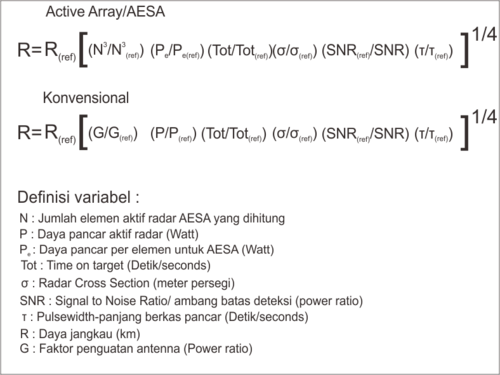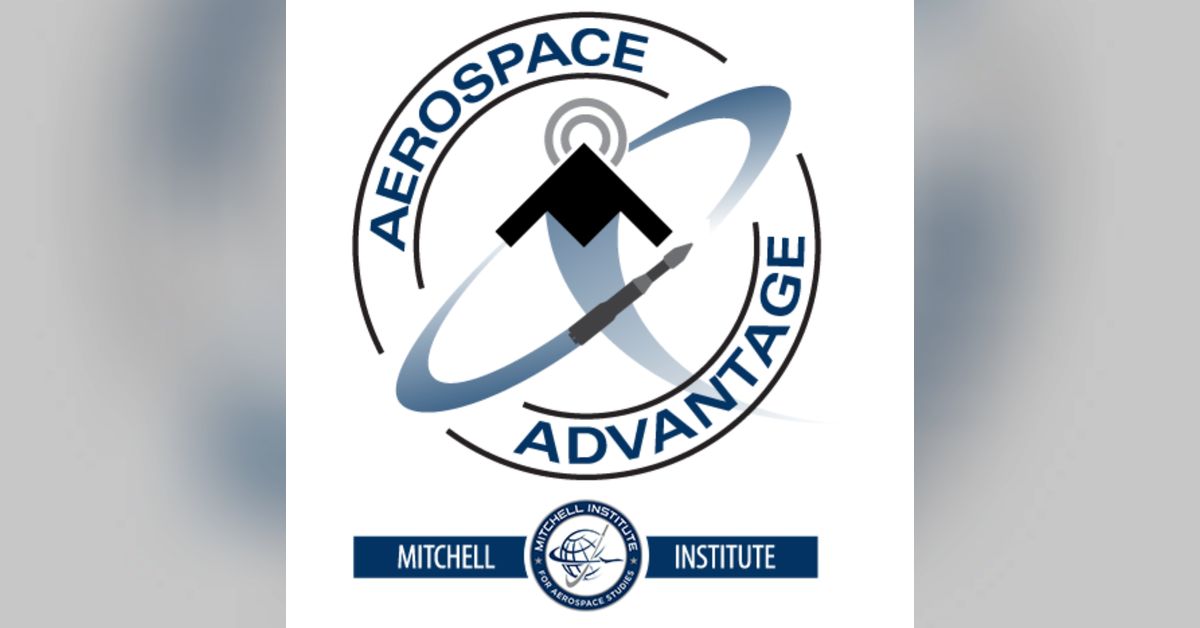http://theboresight.blogspot.com/2009/07/airborne-infrared-and-supersonic.html
https://foxtrotalpha.jalopnik.com/infrared-search-and-track-systems-and-the-future-of-the-1691441747
https://www.thedrive.com/the-war-zone/16381/rare-ghost-f-16d-toting-irst-pod-likely-based-at-area-51-spotted-in-jedi-transition
Early Fighter jets (Voodoo) IRST and others...has an F-22 ever been tested against some of these IRST systems? Maybe even against some Mig-29s and Su-27s at groom lake?
F-4, F-14 (Legion pod based on f-14D IRST) etc.
Legion IRST sensor—Lockheed's IRST21 based on an upgraded version of the AN/AAS-42 IRST that equipped the F-14D
Wonder how effective these systems are against F-22/35 and especially newer systems such as on the Gripen.
https://foxtrotalpha.jalopnik.com/infrared-search-and-track-systems-and-the-future-of-the-1691441747
https://www.thedrive.com/the-war-zone/16381/rare-ghost-f-16d-toting-irst-pod-likely-based-at-area-51-spotted-in-jedi-transition
Early Fighter jets (Voodoo) IRST and others...has an F-22 ever been tested against some of these IRST systems? Maybe even against some Mig-29s and Su-27s at groom lake?
F-4, F-14 (Legion pod based on f-14D IRST) etc.
Legion IRST sensor—Lockheed's IRST21 based on an upgraded version of the AN/AAS-42 IRST that equipped the F-14D
Wonder how effective these systems are against F-22/35 and especially newer systems such as on the Gripen.

